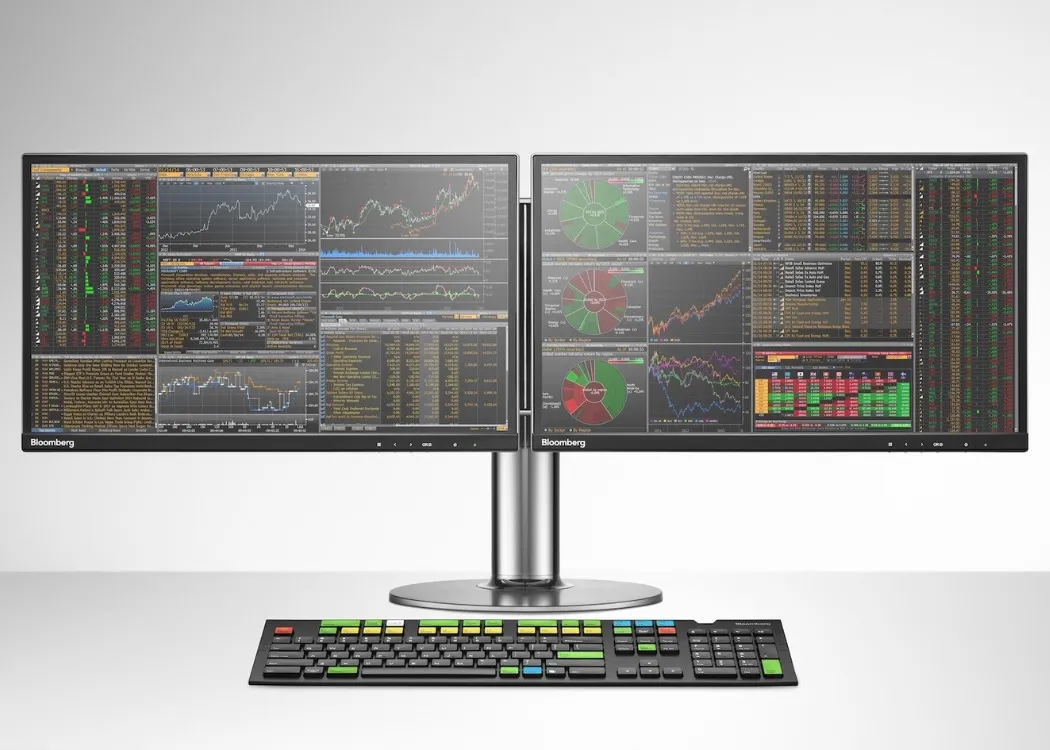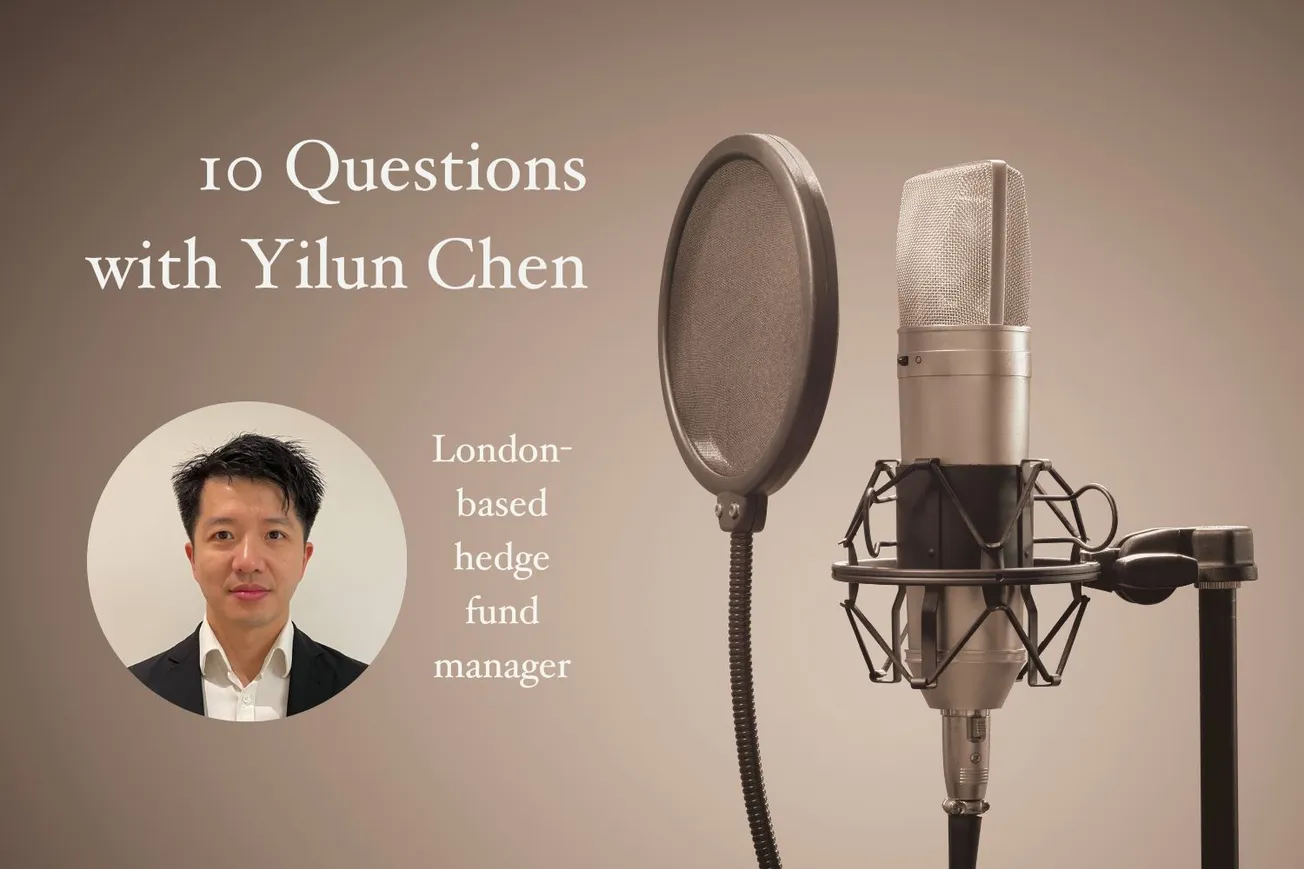Long-term front-running
An introduction to value investing. Estimated reading time: 21 minutes

Latest

Portfolio update November 2025
A down month

Delfi (DELFI SP) — 2025 update
Indonesia's largest chocolate producer, trading at sub-10x P/E if and when cocoa prices ever fall






